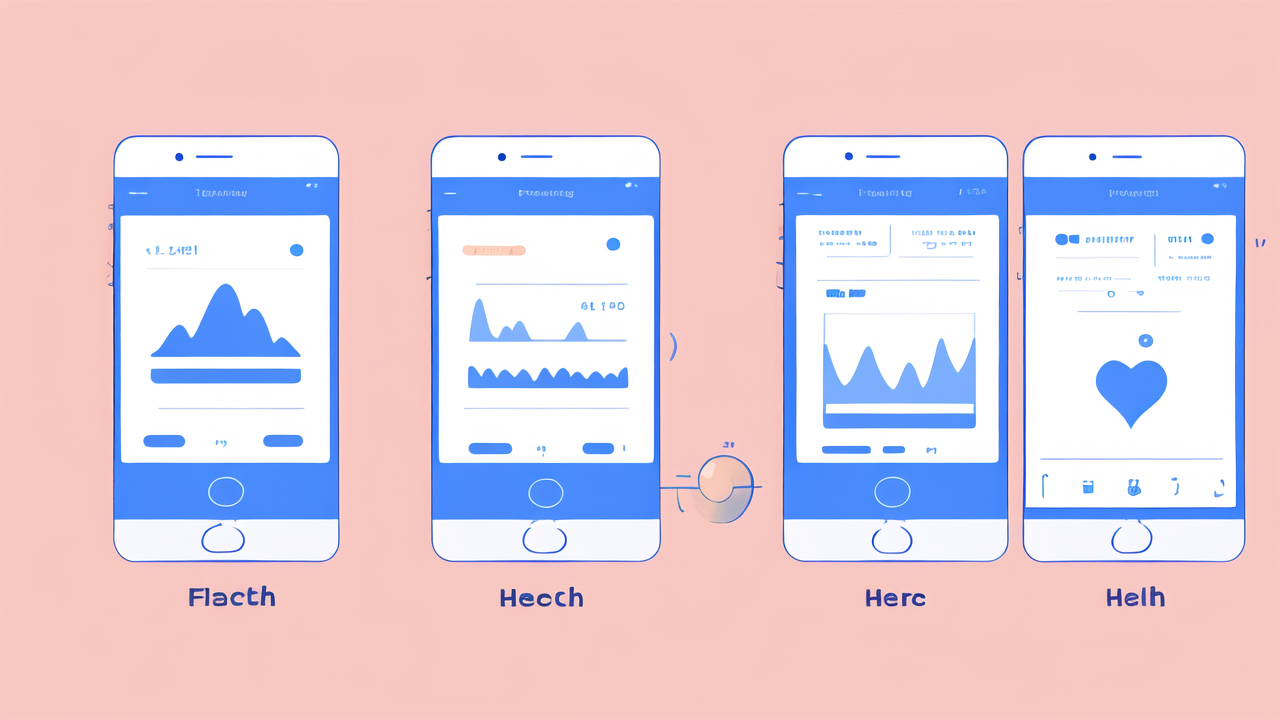Understanding the Evolution of Fitness Watches
The Early Days of Fitness Wearables
Fitness wearables started as simple step counters. They were basic devices with limited features. Early models tracked steps, distance, and calories burned. These devices were a big step forward in personal fitness tracking. They made it easy for people to monitor their daily activity levels. However, they lacked accuracy and advanced features. Users often found them limited in their functionality. Despite this, they paved the way for more advanced fitness watches.

Technological Advancements in Fitness Watches
Modern fitness watches have come a long way. They now offer a wide range of features and sensors. Heart rate monitors, GPS tracking, and sleep analysis are now standard. Many watches can track specific workouts and sports activities. Water resistance has improved, allowing for swim tracking. Touch screens and voice commands make these devices more user-friendly. The accuracy of data collection has also greatly improved. This makes fitness watches more reliable for serious athletes and casual users alike.
The Integration of AI and Machine Learning
AI and machine learning have revolutionized fitness watches. These technologies allow for smarter data analysis and personalized insights. Watches can now learn from user habits and provide tailored recommendations. They can predict fatigue levels and suggest recovery times. AI helps in detecting abnormal heart rhythms and potential health issues. Machine learning improves the accuracy of sleep tracking and stress monitoring. These advanced features turn fitness watches into powerful health management tools.
Key Features of Top-Rated Fitness Watches
Advanced Metrics and Analytics
Top fitness watches offer a wealth of advanced metrics. They go beyond basic step counting and calorie tracking. VO2 max estimation helps users understand their cardio fitness level. Blood oxygen monitoring is useful for both athletes and those with health concerns. Stress tracking through heart rate variability is now common. Many watches offer menstrual cycle tracking for women's health. Advanced sleep analysis breaks down sleep stages and quality. These metrics provide a comprehensive view of one's health and fitness.

Integration with Ecosystems and Mobile Apps
Modern fitness watches are part of larger ecosystems. They sync seamlessly with smartphones and other devices. This allows for easy data viewing and analysis on larger screens. Many watches connect to popular fitness apps like Strava or MyFitnessPal. This integration enables users to track their overall health and fitness journey. Some watches can control smart home devices or make payments. Music storage and playback are common features, enhancing the workout experience.
Battery Life and Performance Optimization
Battery life is a crucial factor in fitness watches. Many models now offer days or even weeks of use on a single charge. This is achieved through efficient processors and optimized software. Some watches use solar charging to extend battery life even further. Performance optimization ensures smooth operation of all features. This includes quick GPS lock-on and responsive touch screens. Many watches now offer power-saving modes for extended use during long activities.
The Impact of Fitness Watches on User Behavior
Motivational Benefits and User Engagement
Fitness watches have a significant impact on user motivation. They provide constant reminders to stay active and meet daily goals. Many watches use gamification elements to keep users engaged. This includes badges, challenges, and social competitions. Visual progress tracking helps users see their improvements over time. Personalized coaching features offer encouragement and tips. These motivational tools help users stay committed to their fitness goals.

The Role of Fitness Watches in Lifestyle Coaching
Modern fitness watches act as personal lifestyle coaches. They provide insights into overall health and wellness. Sleep coaching helps users improve their rest and recovery. Stress management features guide users in relaxation techniques. Guided breathing exercises are common in many models. Some watches offer on-screen workouts and exercise demonstrations. These coaching features help users make informed decisions about their health habits.
Data-Driven Decision Making for Enhanced Fitness Outcomes
Fitness watches enable data-driven decision making for better health outcomes. Users can track trends in their activity, sleep, and stress levels. This data helps in identifying patterns and areas for improvement. Many watches offer recovery time recommendations based on workouts. Training load analysis helps prevent overtraining and injury. Users can make informed decisions about their exercise intensity and frequency. This data-driven approach leads to more effective and sustainable fitness routines.




Leave a comment
This site is protected by hCaptcha and the hCaptcha Privacy Policy and Terms of Service apply.